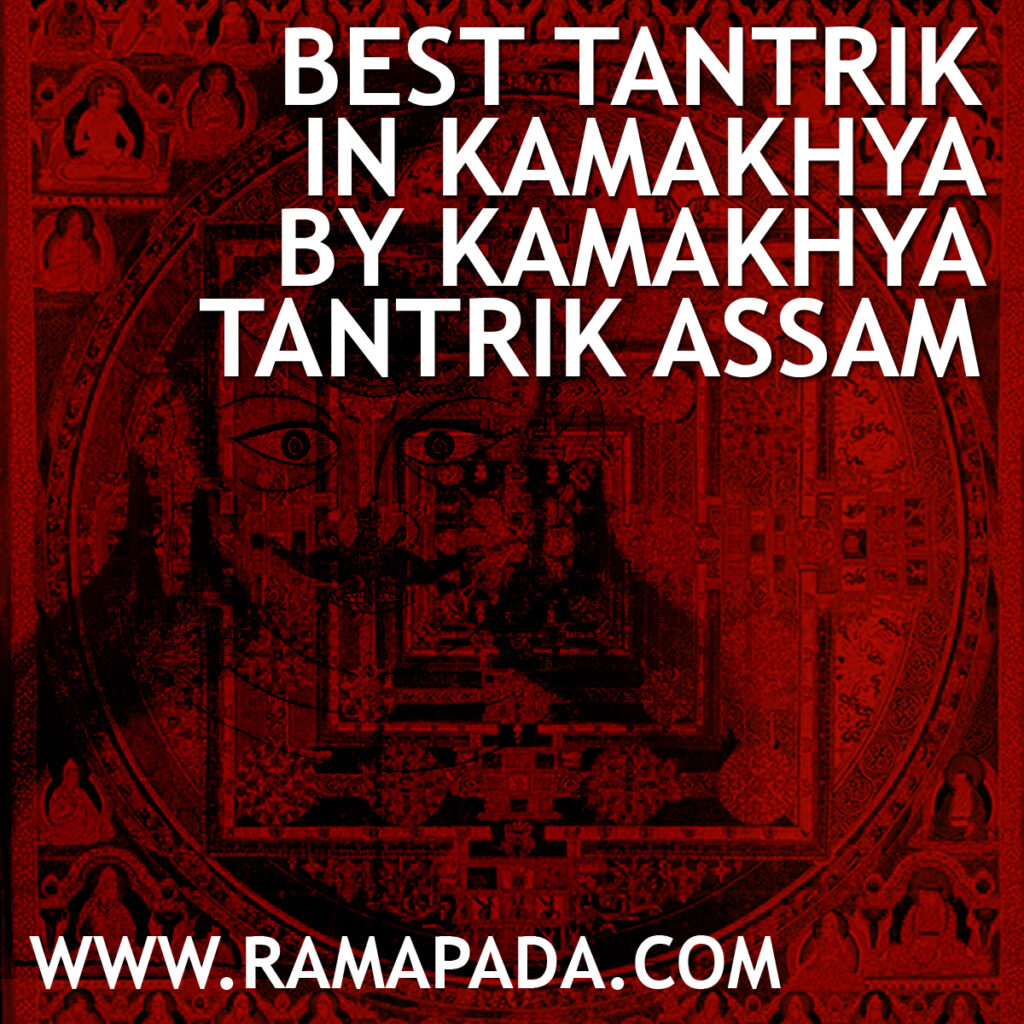According to the genuine tantrik in Kamakhya, Vedic religion, the ancient religious tradition of the Indo-Aryans, is often associated with fire rituals, hymns, and a focus on social order. However, beneath the surface of this seemingly well-defined system lie intriguing hints of a more esoteric and experiential dimension. These elements, often referred to as “proto-Tantric,” share characteristics with later Tantra traditions that emerged in medieval India.
What is Tantra as per Kamakhya tantrik Assam?
Tantra, in its broadest sense, refers to a diverse range of spiritual practices and philosophies that emerged in India around the 5th–7th centuries CE in Tantra traditions. It emphasizes the interconnectedness of the material and spiritual worlds and the sacredness of the human body. The use of ritual and symbolism to awaken inner energies and achieve spiritual liberation as per the genuine tantrik in Kamakhya.
Proto-Tantric Elements in the Vedas
The Vedas, the oldest scriptures of Hinduism, contain subtle yet significant hints of proto-Tantrik elements. Here are some key examples:
- Emphasis on Energy and Ritual: The Vedas describe various subtle energies within the body and cosmos, often referred to as “prana.” Rituals involving offerings, chants, and visualizations aim to harness these energies for specific purposes, like healing or prosperity.
- The Concept of Shakti: The feminine principle, personified as goddesses like Shakti and Ambika, is prominent in the Vedas. These goddesses embody creative power, fertility, and fierce protection, laying the groundwork for the central role of the feminine divine in later Tantra traditions.
- Altered States of Consciousness: The Vedas mention practices like meditation and intoxication with sacred substances (Soma) to achieve altered states of consciousness.
- Symbolic Language and Ritual: The Vedas employ rich symbolism, with natural elements like fire, water, and plants representing deeper spiritual truths. Rituals often involved intricate gestures, mantras, and visualizations, reflecting a belief in the power of symbolism to influence inner experience.
Significance of Proto-Tantrik Elements
These proto-Tantrik elements in the Vedas suggest a more nuanced understanding of Vedic religion beyond its commonly perceived aspects. They hint at an underlying current of esoteric practices and symbolism that likely influenced the development of later Tantra traditions. Recognizing these continuities offers a deeper appreciation for the richness and diversity of India’s spiritual heritage, as per the Kamakhya tantrik Assam.
Conclusion
According to the genuine tantrik in Kamakhya, the Vedic religion and later Tantra traditions are distinct in their historical contexts and specific practices. The presence of proto-Tantrik elements in the Vedas highlights a fascinating continuity in the Indian spiritual landscape. It underscores the ongoing exploration of themes like energy, consciousness, and the sacredness of the body, reminding us that spiritual traditions are dynamic and ever-evolving.

